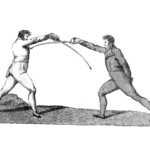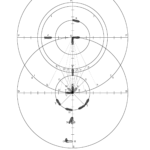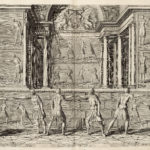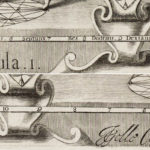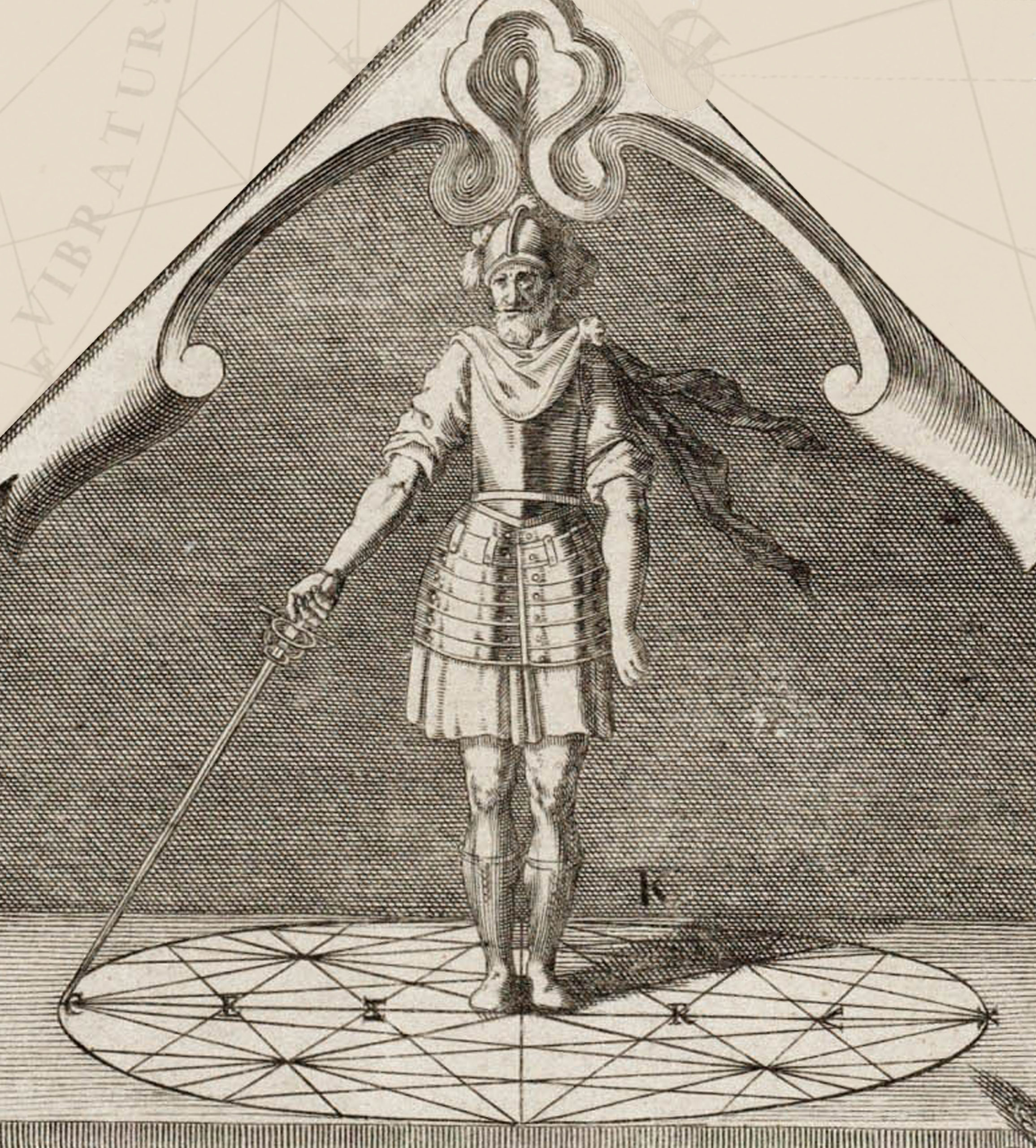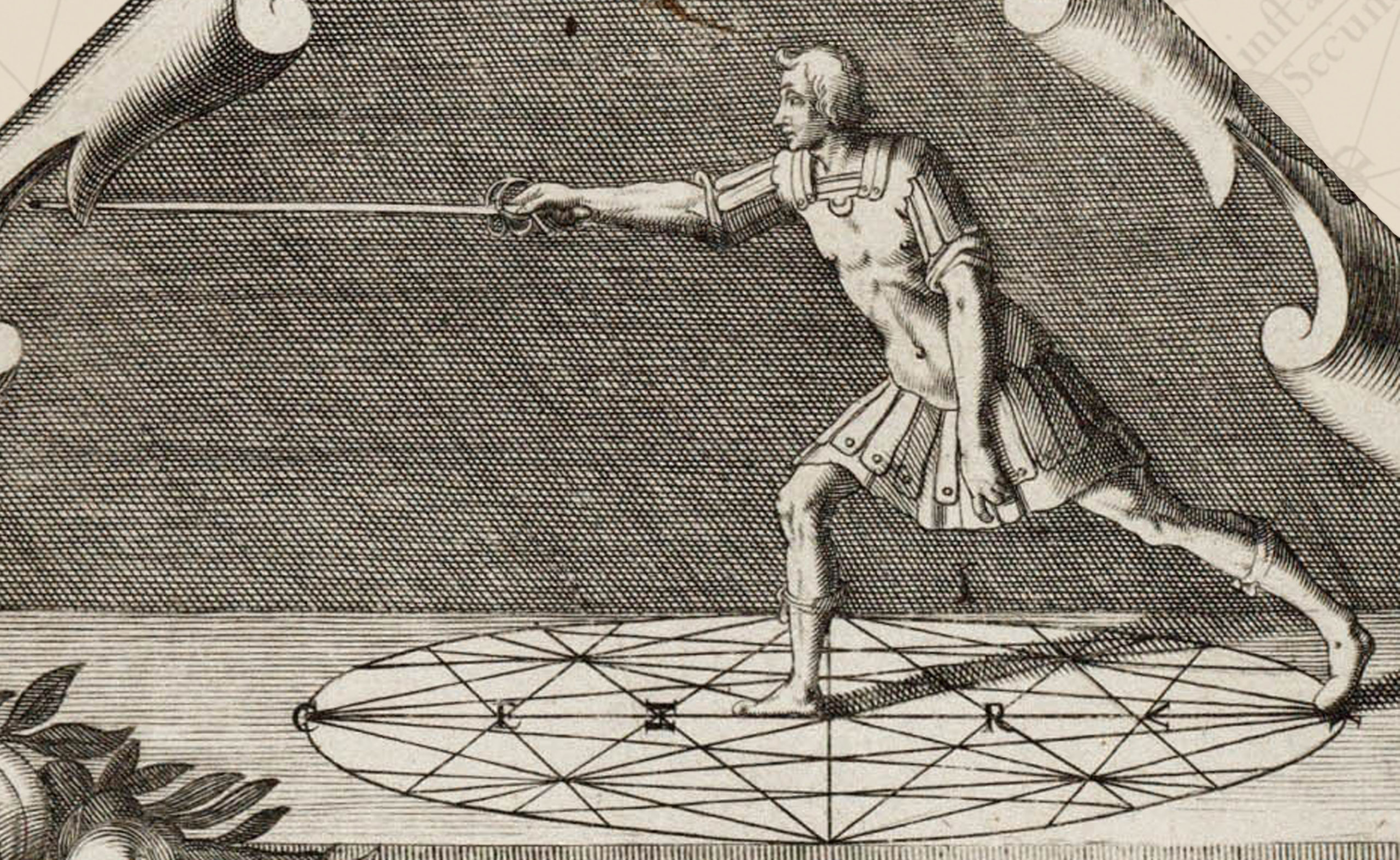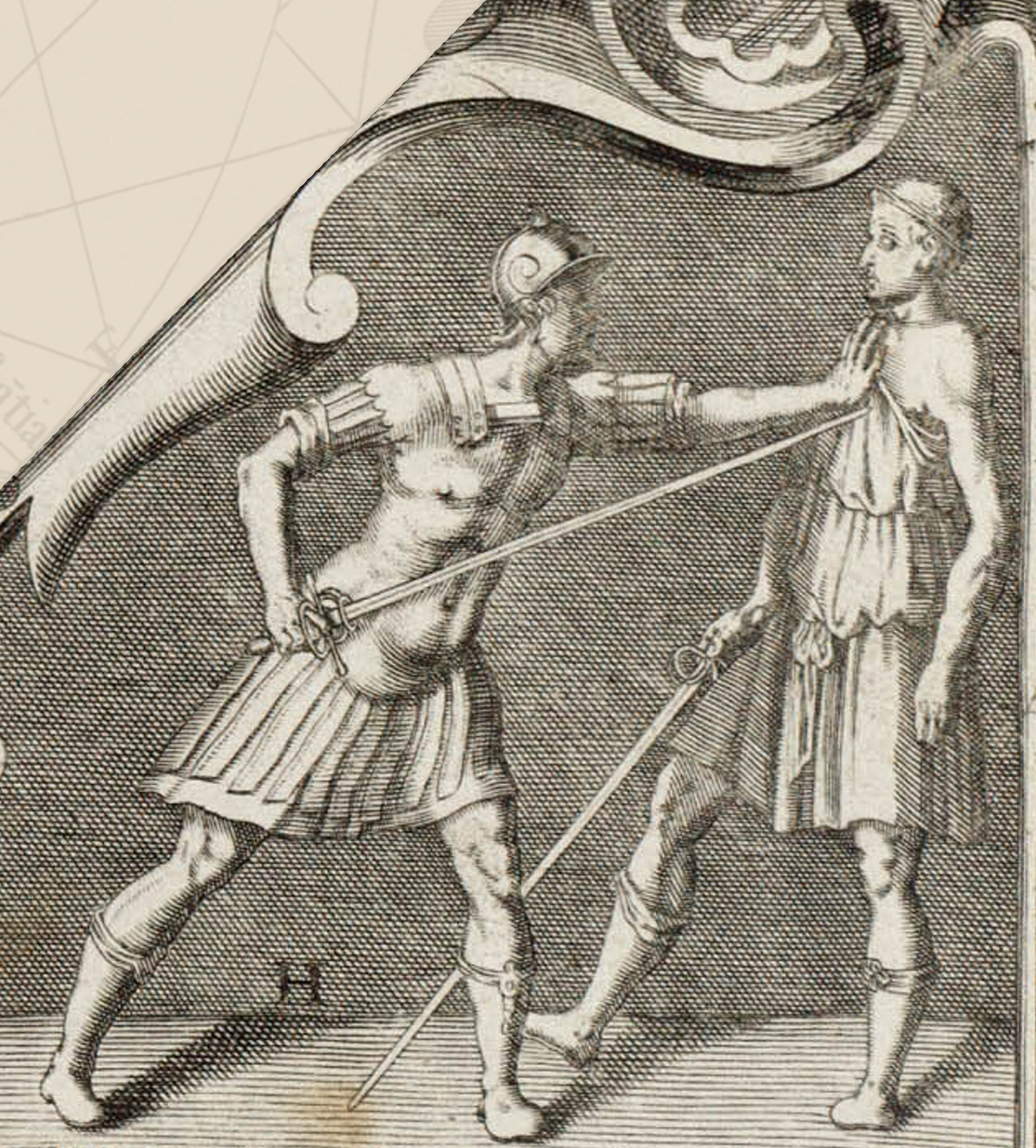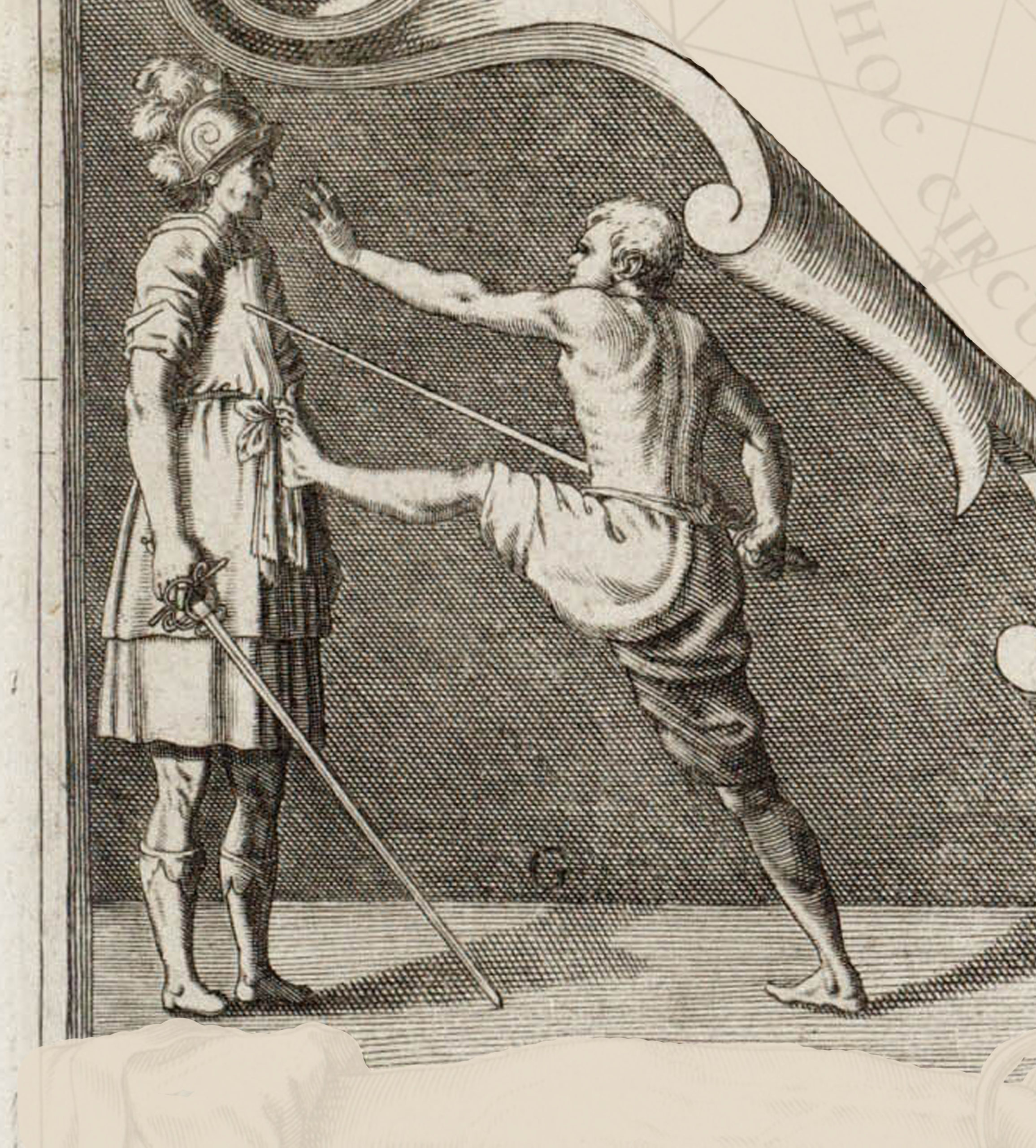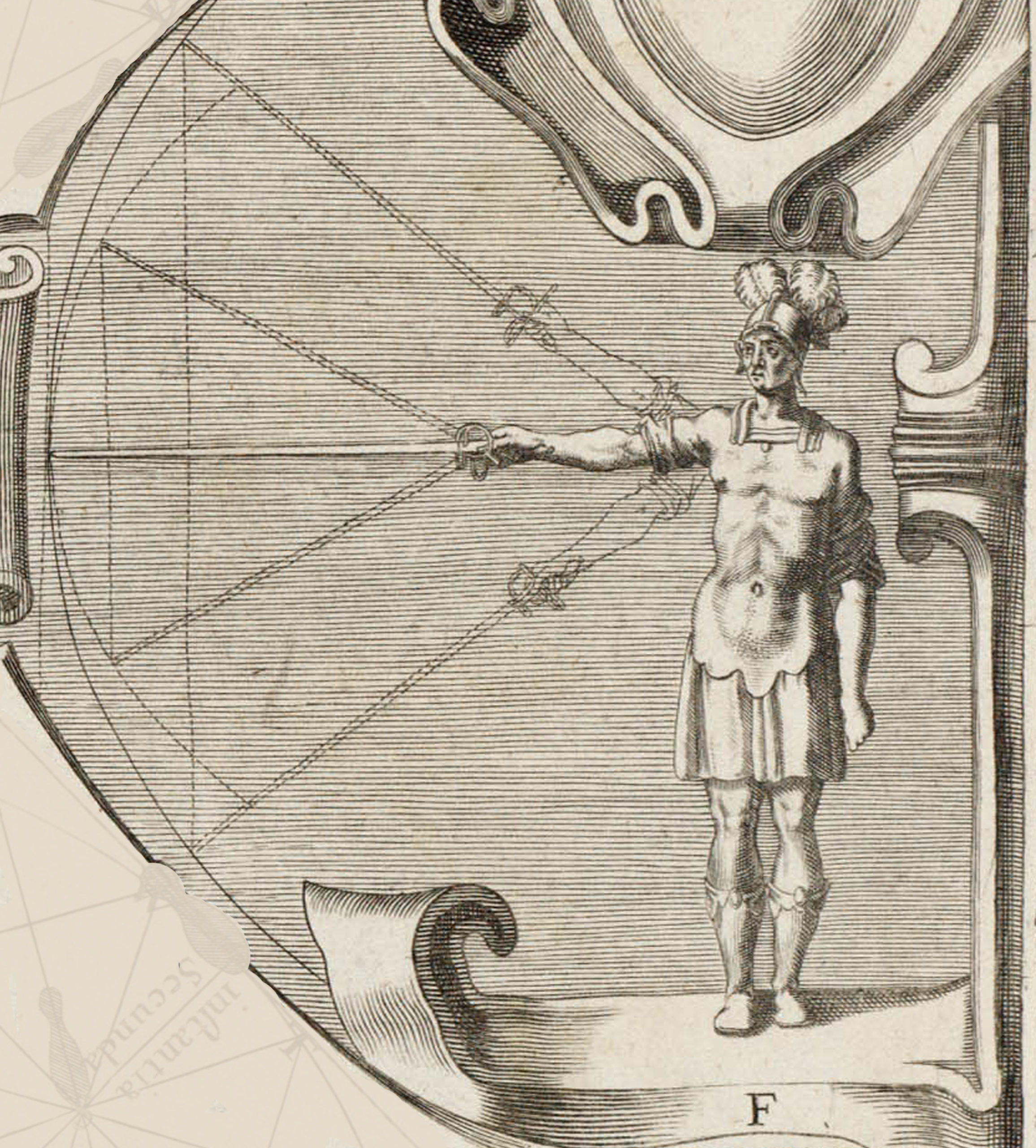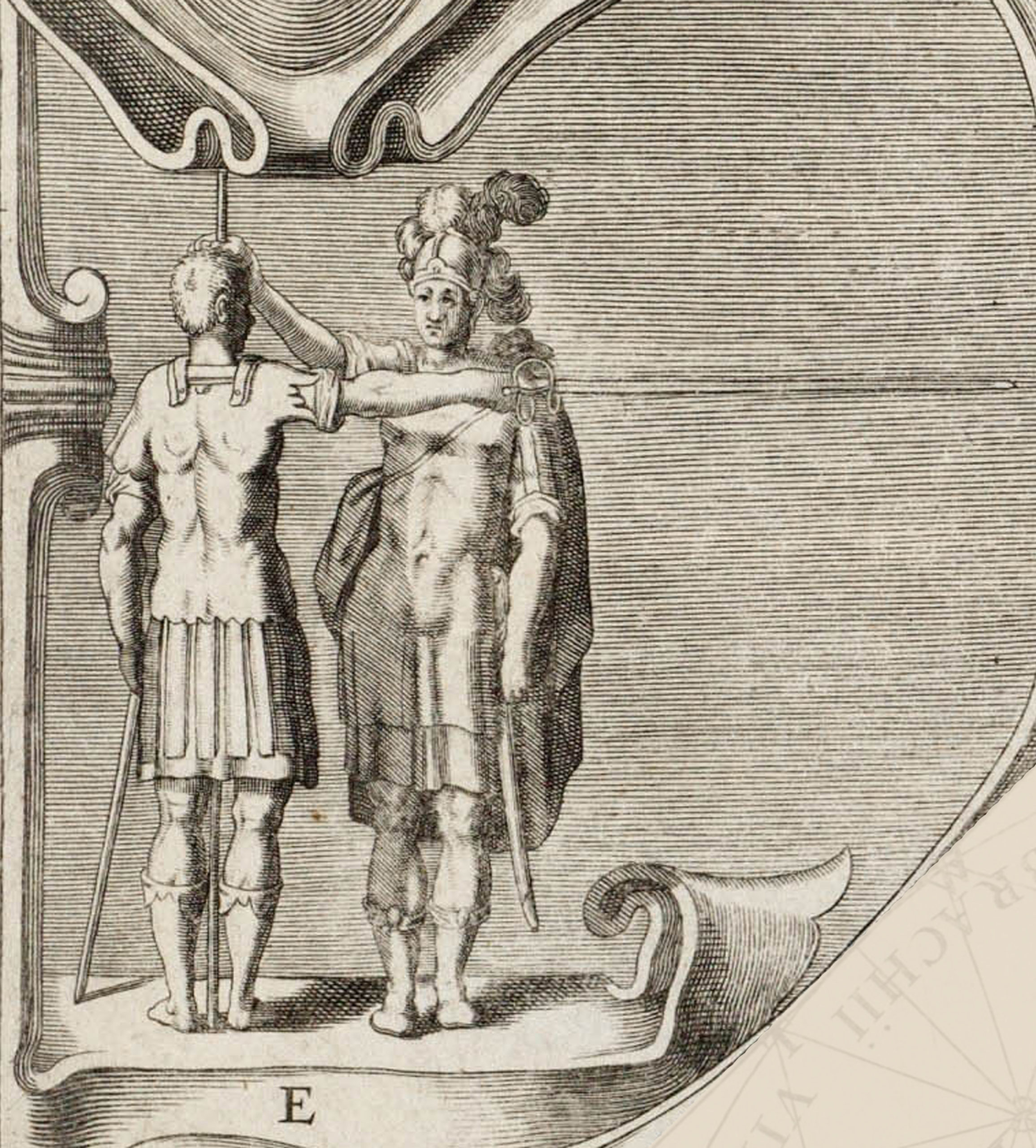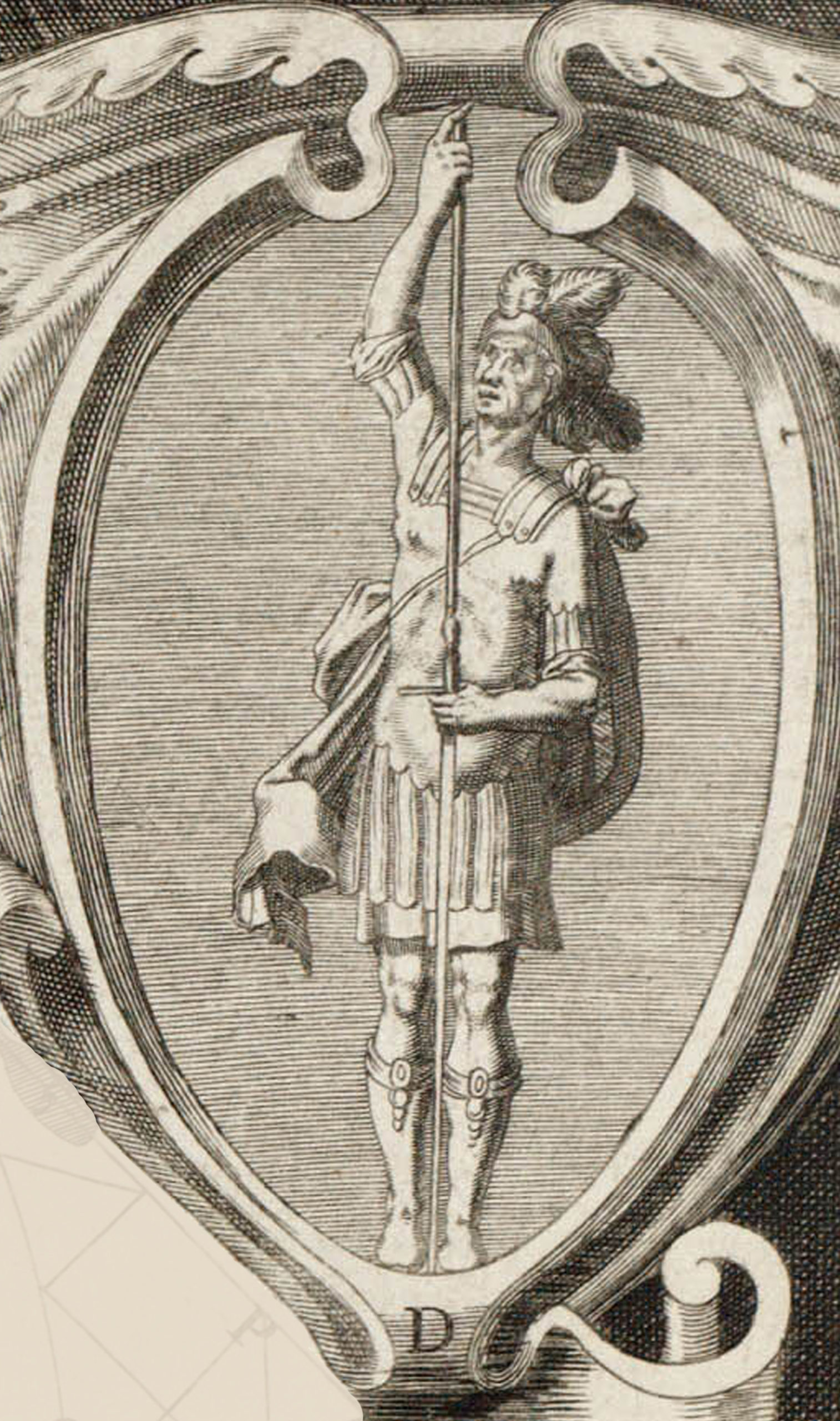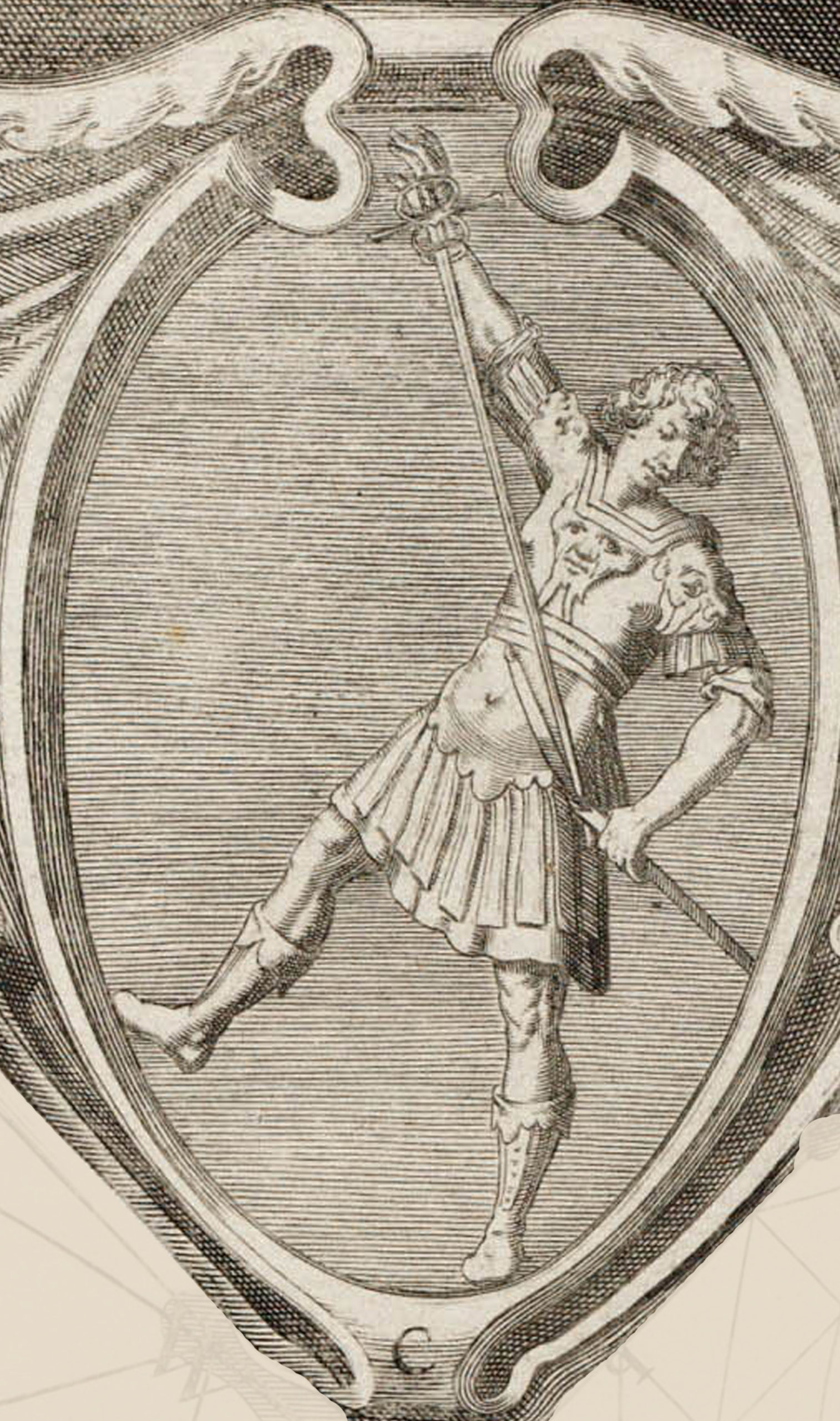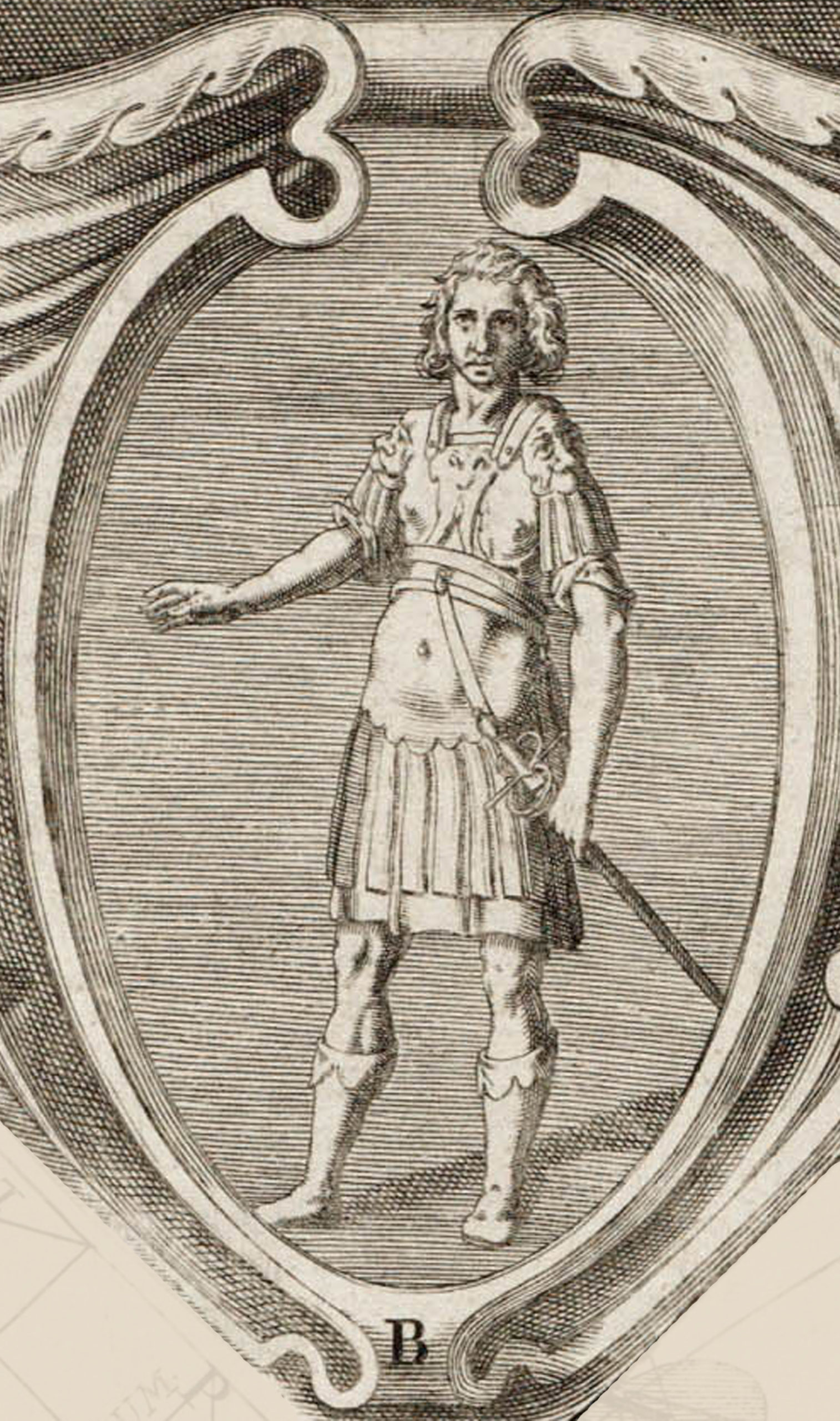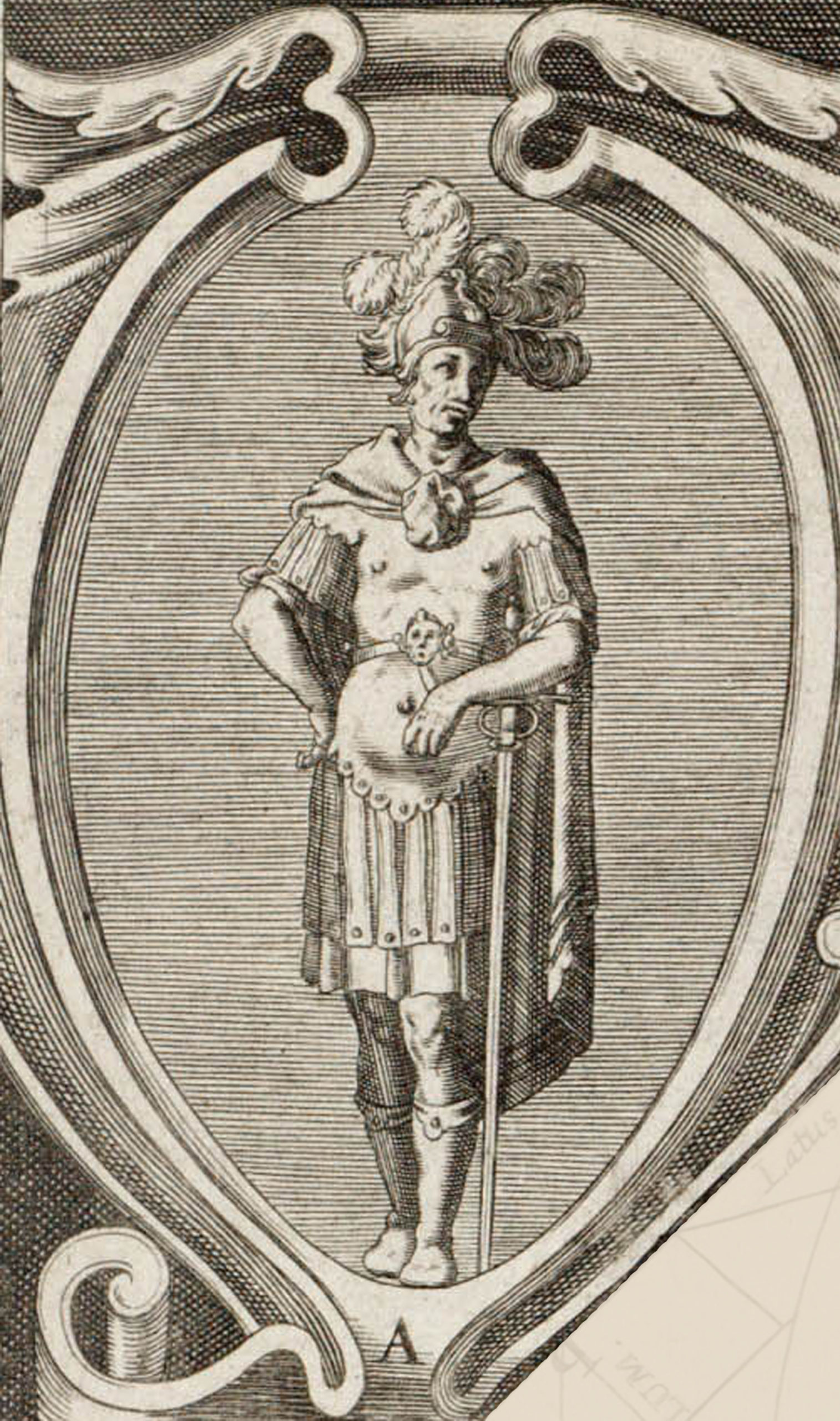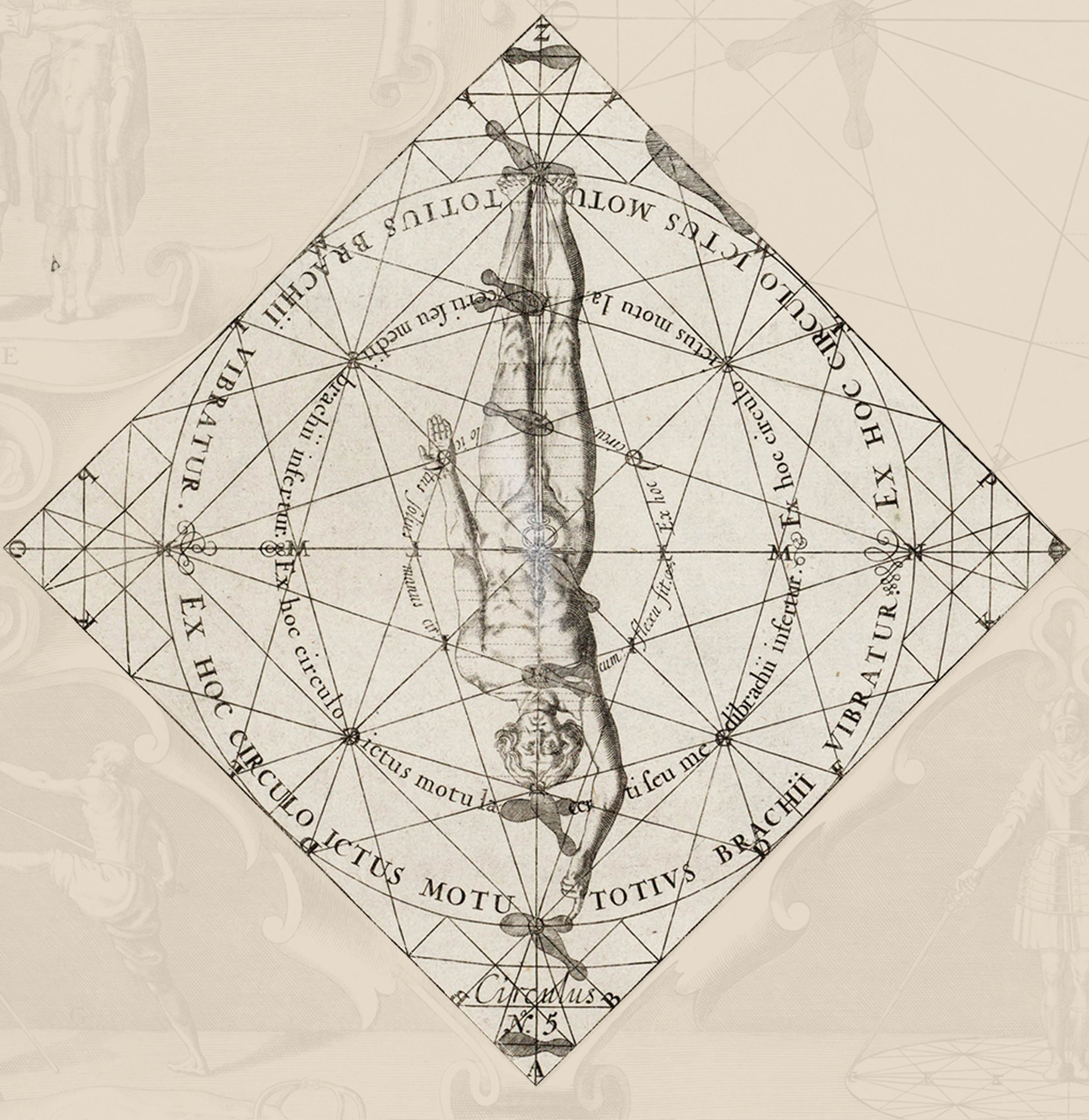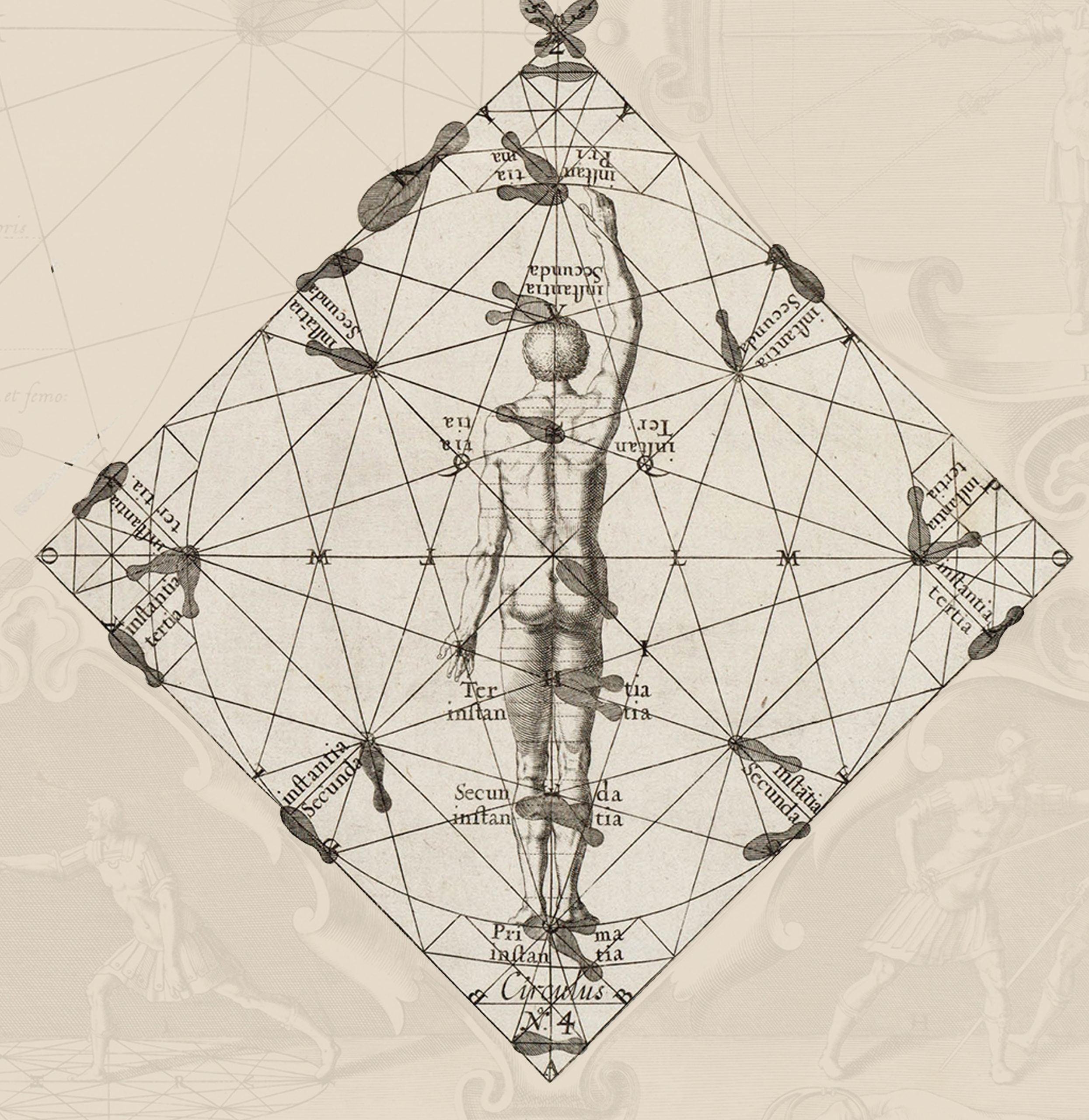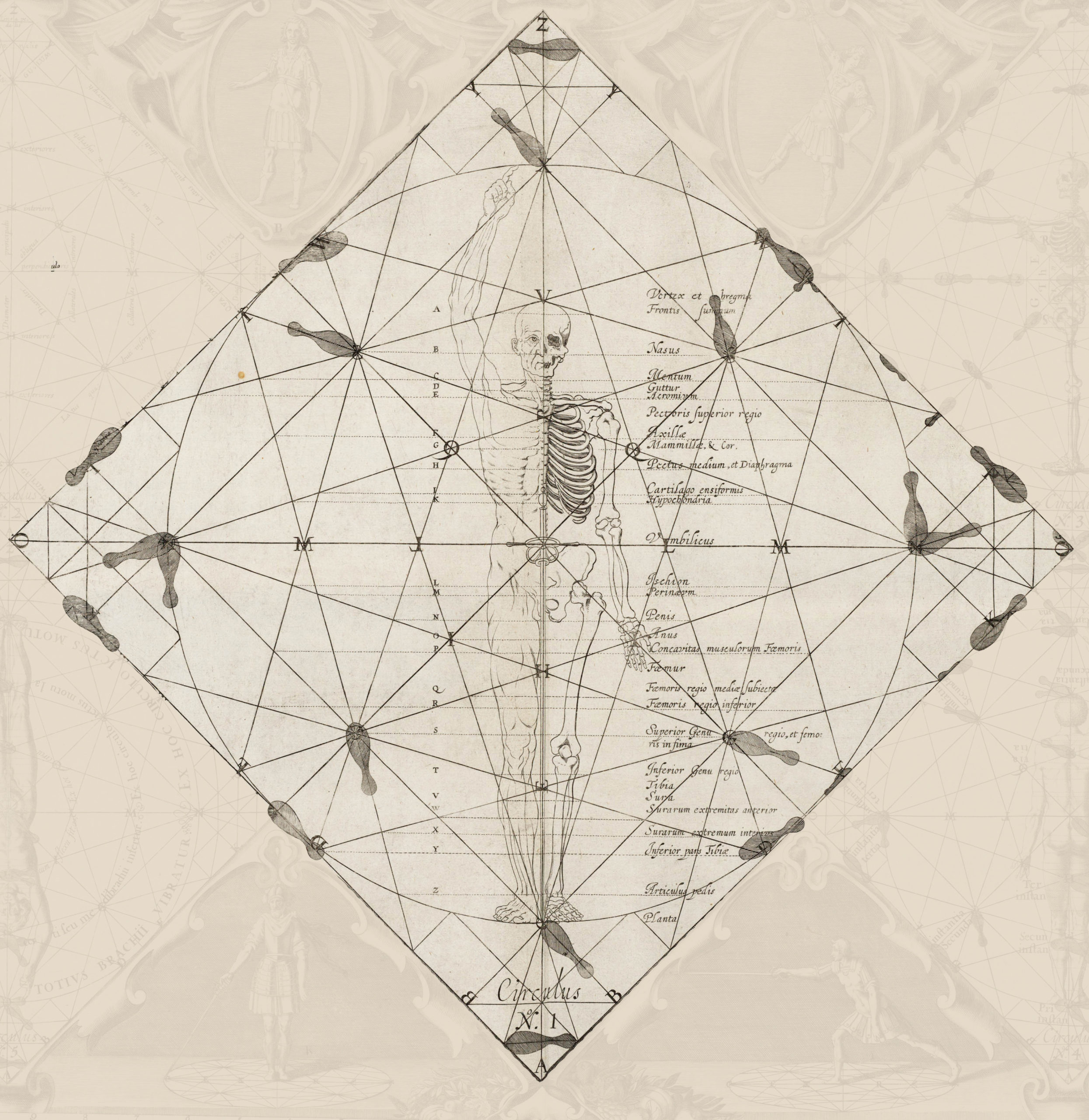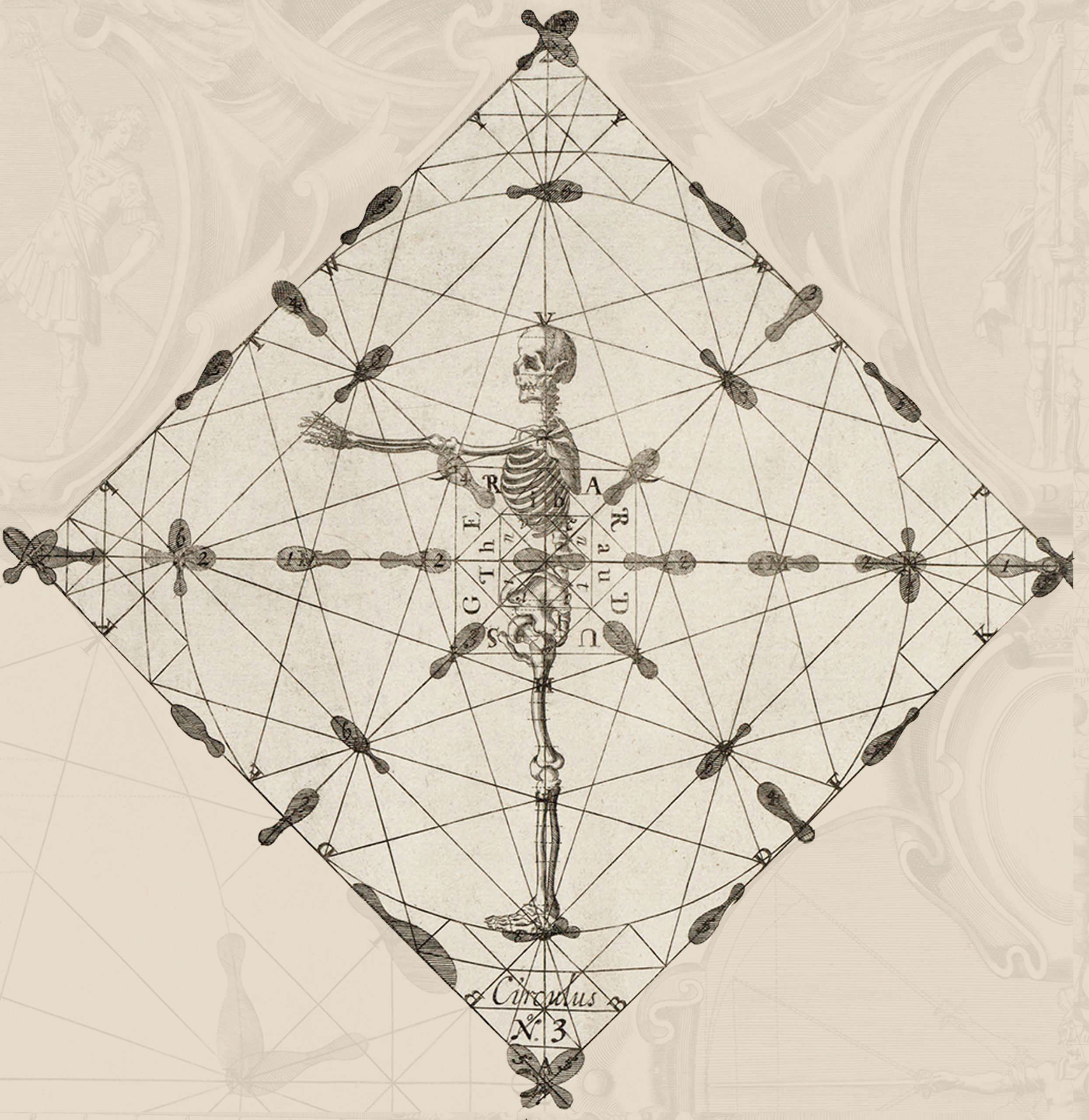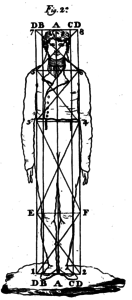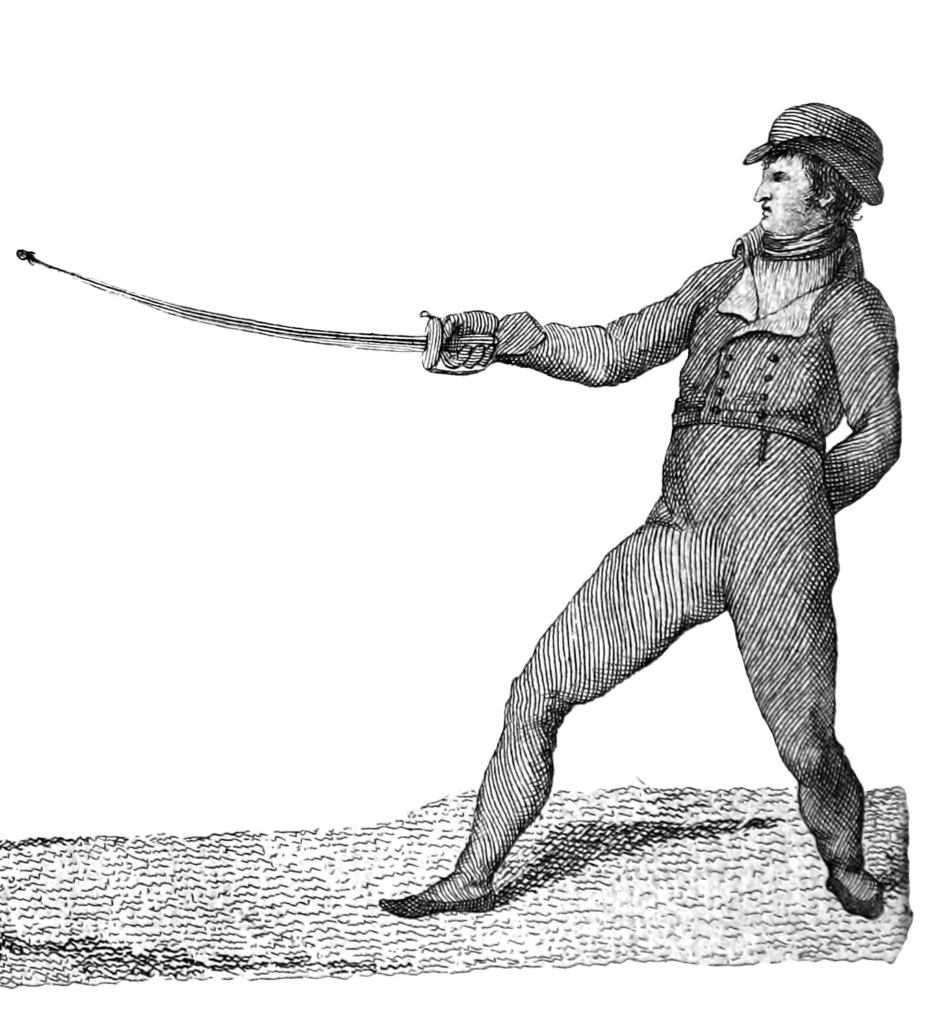Prologue
My Students,
Gentlemen.
The motives which most often encourage authors for the dedication of works are fear of a scathing criticism, or the desire of some high protection for particular purposes; but I can surely boast of having abandoned such a well-worn path, being moved in one part by gratitude, and stimulated in the other by the cordial affection that I profess to all of you. I enjoy the sweetest satisfaction being presented with the first opportunity to express to the public my gratitude, friendship, affection, and desire to prove with this small gift that I am, as always, your most fond and humble servant.
Q. SS. M. B. Simon de Frias
Prospectus of this Treatise
It is so natural to preserve one’s self by means of defense, that even the actions of brutes born only of instinct, or as some writers prefer, their imperfect rationality, show us. Because man is equipped perfectly and sublimely, and whose existence is more appreciable than that of all other beings, not to shine and reveal that superior intelligence in honor of the divine Omnipotence that deigned to grant it, and benefit its advantageous conservation and avoid the causes of its destruction?
There is nothing more noble than the defense of life, of country, and of honor. So it is that the actions, the writings, the striving in all things to look to such a recommendable end, it will without doubt be more worthy of the appreciation and esteem of men. And who can, rooted in this political dogma, doubt that the teaching of the proper use of weapons or the art of handling them must deserve a very preferential attention, when it has been, is, and always will be one of the most interesting human inventions for defense and conservation?
I have to idle to promulgate in persuading a truth that many writers have demonstrated, that natural reason alone convinces us, and that the histories have sufficiently verified. To the noble art of arms must the monarchies owe their amazing conquests and aggrandizements, or their conservation at least. As a result, the same has been the wall of religion, the shield of life and honor. The one who is instructed in its rules will penetrate to the clearer light this truth, discovering then with evidence that they are not a casual aggregation of operations, but a very orderly combination of geometric demonstrations deduced from the infallible principles of mathematics.
These considerations, not to have found that those skilled in the use of arms have given birth to rules for handling the sabre, which is so usual and common, for soldiers in the day in particular, because although Mr. Angelo, and Perinat, wrote, it was only a concise description of some blows and operations, and that of having conceived with reduction to the practice, for the study and exercise of more than twenty one years, and most of them teaching, that all of the operations of the sword and foil are adaptable to this weapon, with some modifications or additions, stimulated me to write this small treatise.
“Mr. Angelo” is Domenico Angelo whose “The School of Fencing: With a General Explanation of the Principal Attitudes and Positions Peculiar to the Art” Published in London, 1787 (English). “Perinat” would be Juan Nicolas Perinat, a Spanish author whose “Arte de Esgrimir Florete y Sable por los Principios Más Seguros, Fáciles e Inteligibles” was published in 1758.
I have sought to enumerate and demonstrate with the simplest and clearest style, all of the offenses and oppositions of which the sabre is capable, under the most solid principles, and the best rules that I have found in the ancient and modern writers, without any more purpose than the utility of the common good, and in no way to flaunt wisdom in the matter.
I had tried to illustrate these elements with a growing number of fine plates, to make the demonstrations palpable; but as my faculties do not correspond to my desires, I have been obliged to reduce the number to Thirteen which I judged the most important. The first contains the division of the sabre and that of the body in planes; the second the inferior plane considered in the ground where the compasses or movements of the feet are explained; the third the method of choosing the defensive measure, and of asserting yourself in the stances for attacking or waiting in the common guard. The six subsequents show the principal removes and some variations; the tenth a cut to the knee and the defense from this and from other blows to such a place; the twelfth an inferior plane for the compasses of conclusions and of transfers; and the thirtheenth which includes the necessary implements for teachers. Well I know there will be many defects to note, but the noble aim that encourages me I hope will merit the indulgence from my critics.

